How to grow red plumeria flowers and what you need to pay attention to
Last Update :2024.05.11
Article Catalog
3. Problem diagnosis and treatment
Temperature: Red frangipani likes high temperatures and needs to be kept above 20°C during maintenance. Do not let the temperature fall below 8℃ for a long time, otherwise it will grow poorly. Light: It does not like darkness and is suitable for growing in an environment with sufficient scattered light. Watering: Water more frequently during the growing season to keep the soil moist. Water control is required in winter. Fertilization: Top dressing is required every 15 days during the growing season, and additional phosphorus fertilizer is required before flowering.

1. Maintenance methods
1. Maintenance methods
1. Temperature: Since red plumeria is native to South America, it likes higher temperatures. Specifically, the most suitable temperature is between 20 and 26 degrees. In addition, its cold resistance is not very good. If it is exposed to an environment below 8 degrees for a long time, it will be frozen, so special attention is required.
2. Light: Red plumeria is a positive tree species, which means that it requires higher sunlight. It can also grow in semi-shade conditions, but the growth will be slower. If it is in complete shade, it may grow leggy and produce very few or no flowers at all, thus providing good light.
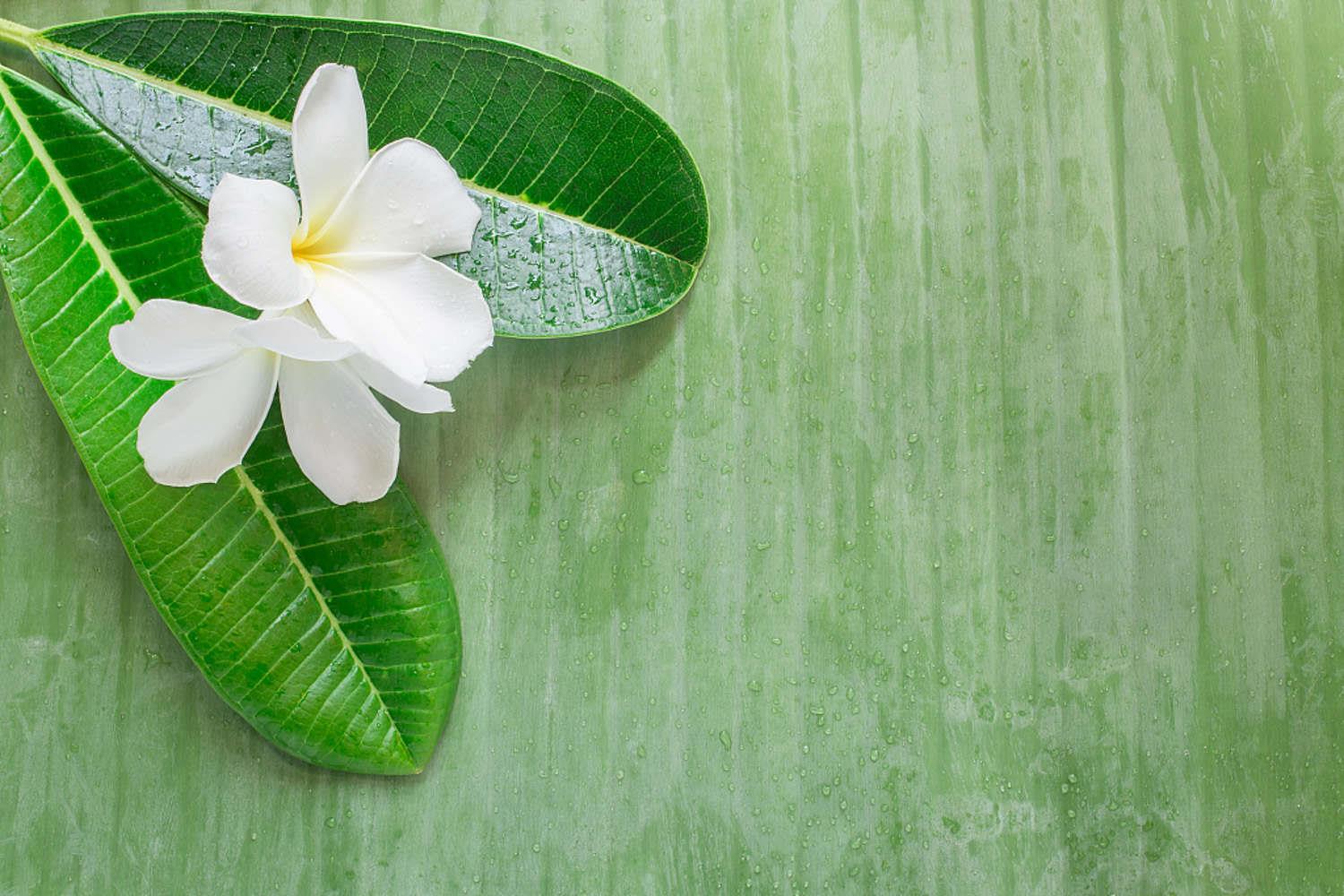
3. Watering: Red Plumeria likes to be moist. , watering can be based on its growth status. When the growth rate is fast, sufficient water needs to be added to meet its stronger needs. But when it is basically not growing, you can't water it too much.
4. Fertilization: Supplementing an appropriate amount of fertilizer will help its growth and flowering. Generally speaking, once every half month is more appropriate. During the flowering period, pay attention to supplementing phosphorus fertilizer.
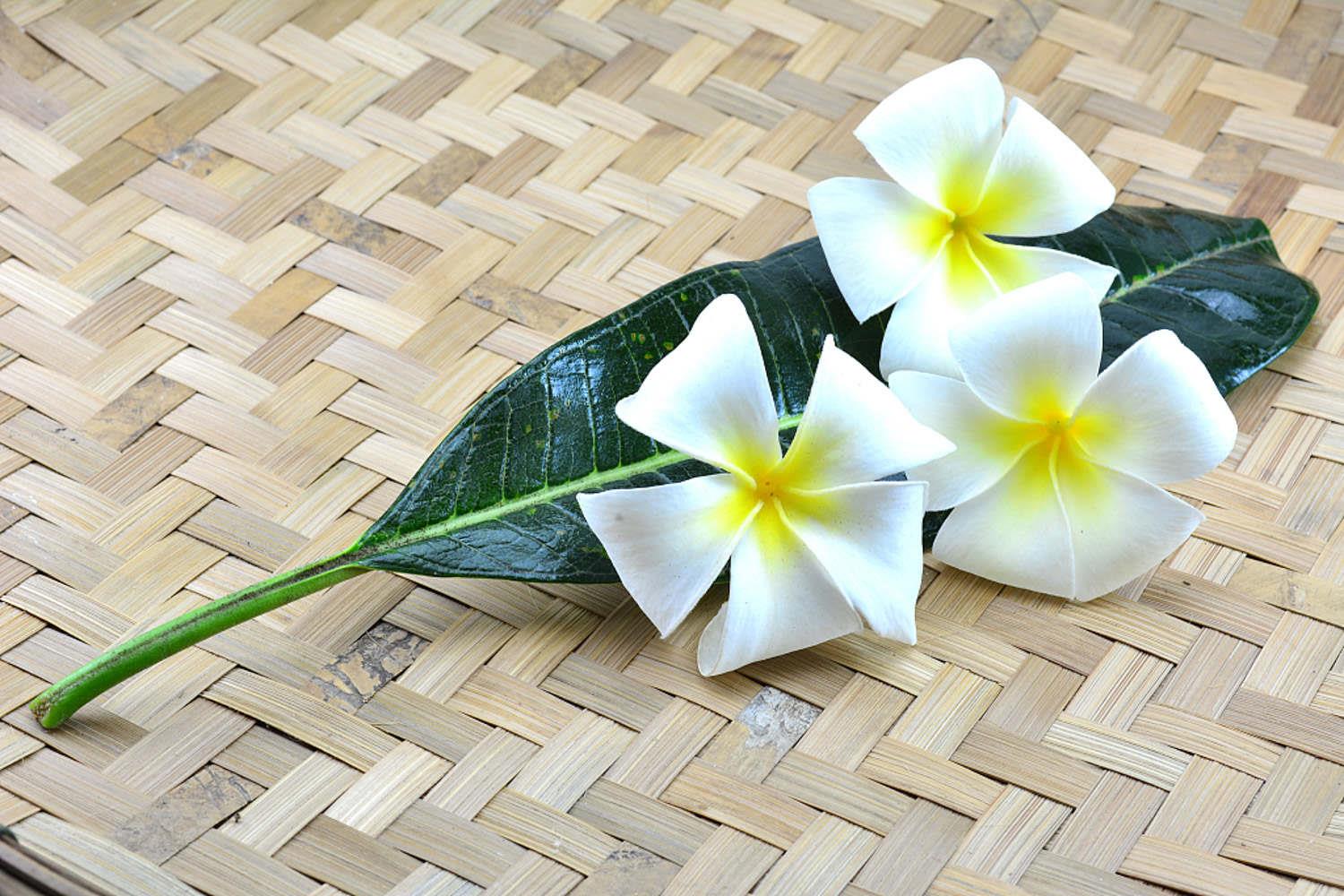
2. Breeding skills
1. Propagation: cuttings can be used. In the south, this is usually done in January or February. In the north, June to August is suitable. Choose a strong branch with a length of 20 to 30 centimeters. After cutting it, put it in a well-ventilated place to dry for two or three days before inserting it. It can be inserted into a sand bed or sand basin. The temperature should be between 18 and 25 degrees, and the humidity should be between 65 and 75 percent. It will take about three weeks for roots to take root.
2. Repot: The plant grows very fast, so try to repot it once a year. It is better to change in spring. In addition to selecting appropriate soil, a certain amount of base fertilizer such as bone meal must be mixed into it.
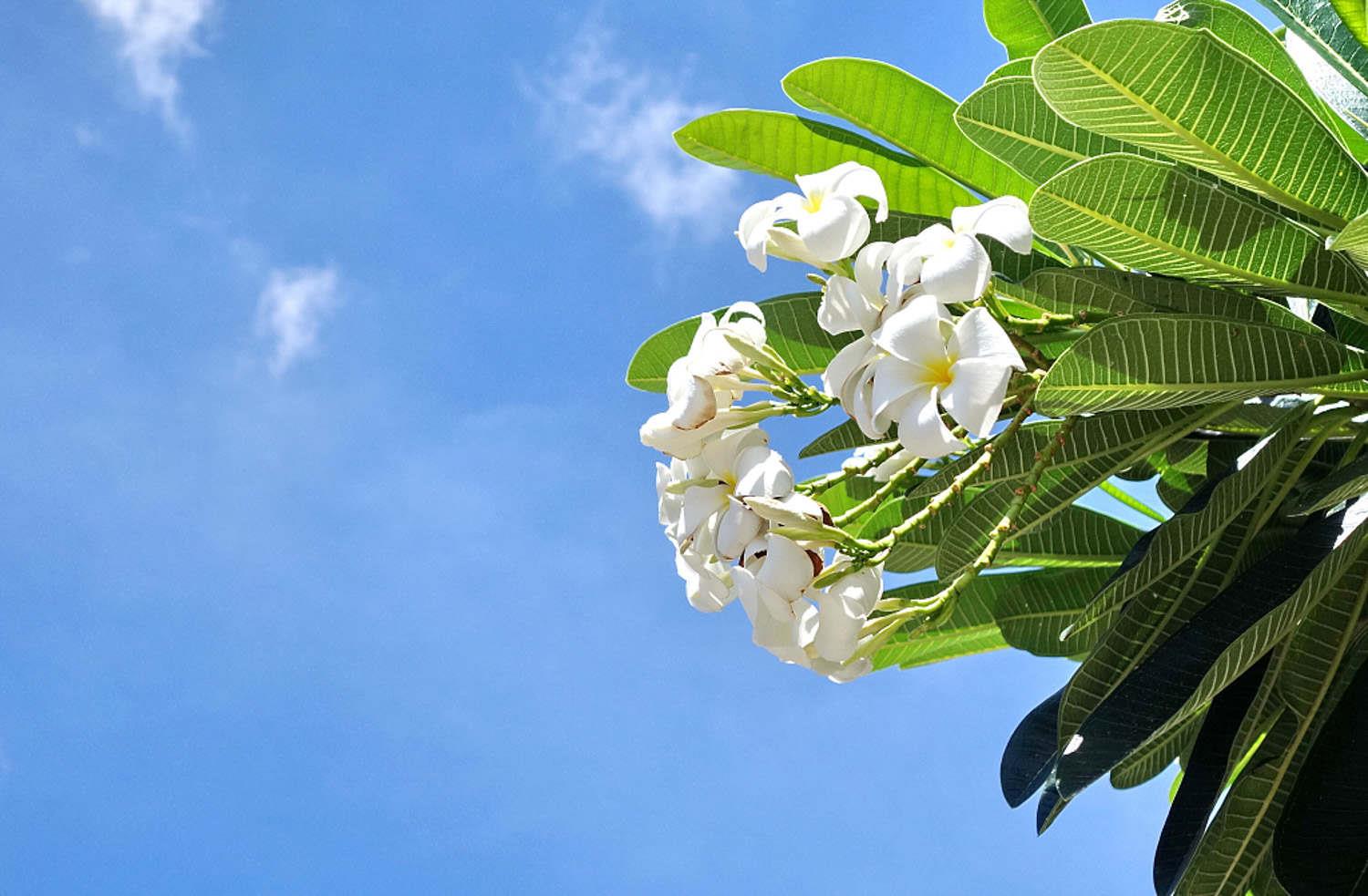
3. Problem diagnosis and treatment
1. Diseases: Common ones include "angular spot", which occurs more frequently on leaves. It can be treated with Bordeaux, and some fertilizer needs to be added appropriately.
2. Pests: The two common ones are "red spiders" and "scale insects". It can be controlled with pesticides such as Promethazine.
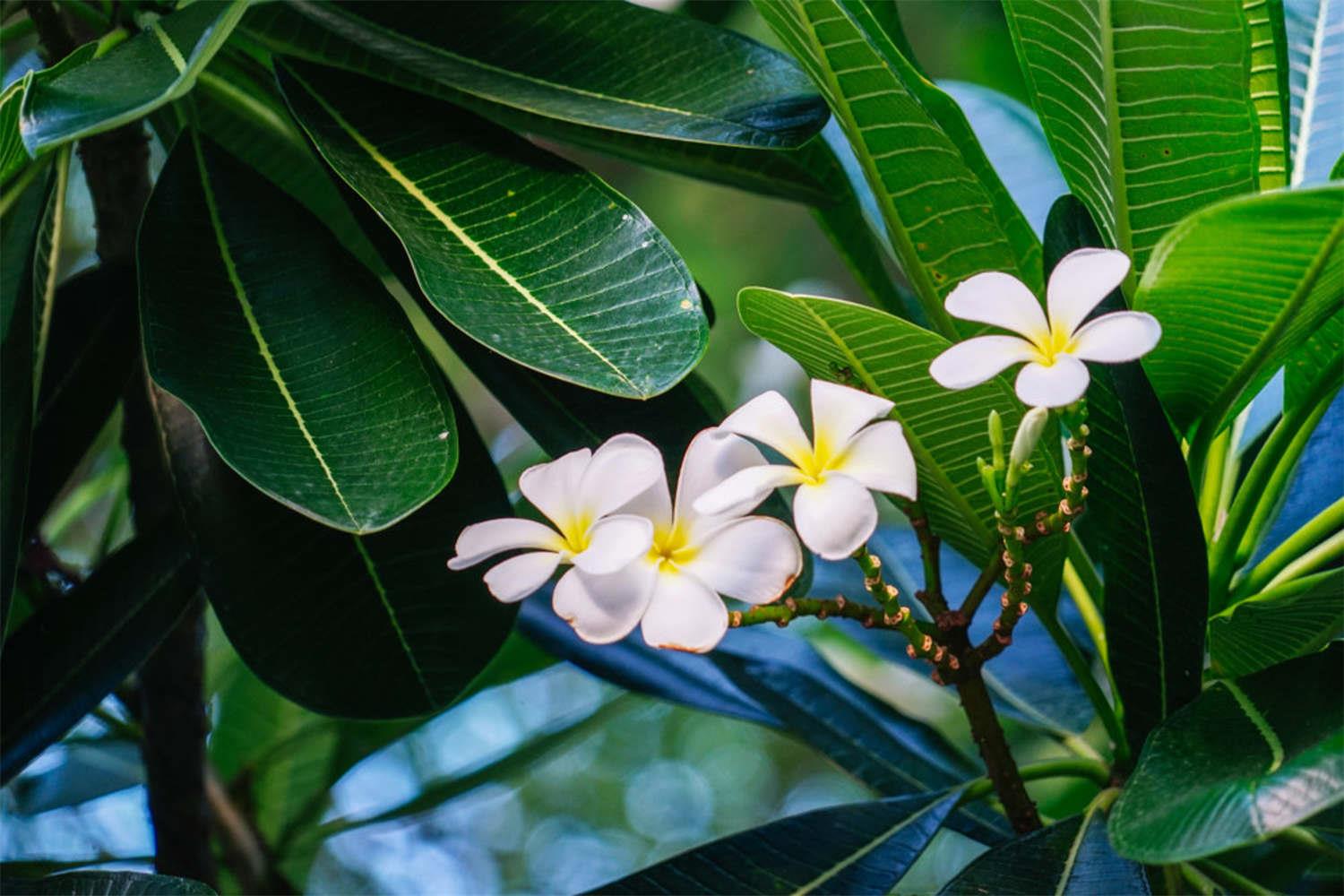
4. Other questions
1. Flower language: The flower meanings of red plumeria flowers are very good. Specifically, its flower language includes "resurrection" and "hope."
2. Can it be raised at home? It is very ornamental, yes.
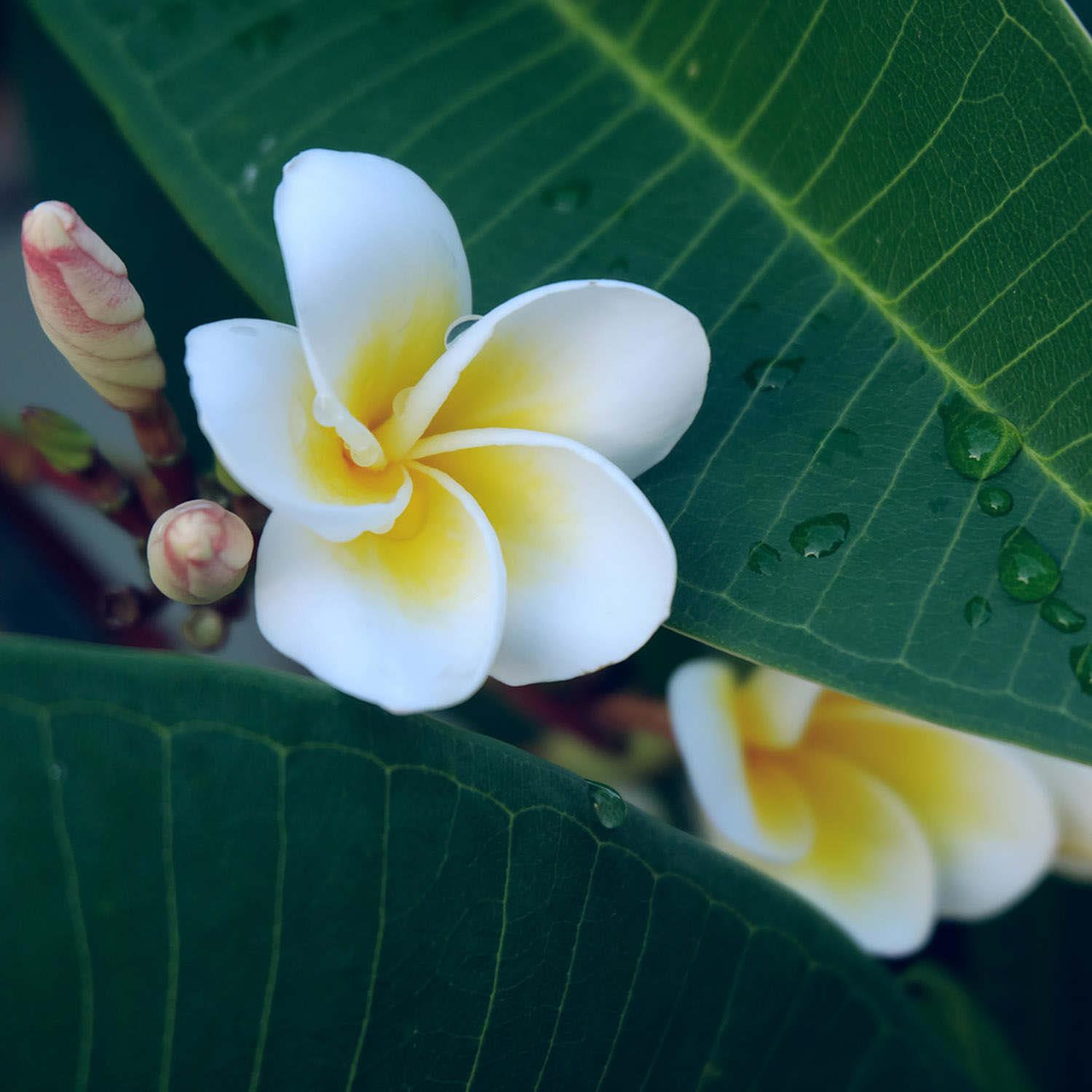
2. Breeding skills
3. Problem diagnosis and treatment
4. Other issues
- END -
Can ivy be transplanted in winter? How many degrees of low temperature can it tolerate in winter?

It is also possible to transplant ivy in winter, but you need to protect its root ...
How many years does it take for a passion fruit sapling to bear fruit? Can it be repotted during the

After planting passion fruit, it will usually bear fruit quickly. If you use cutti...